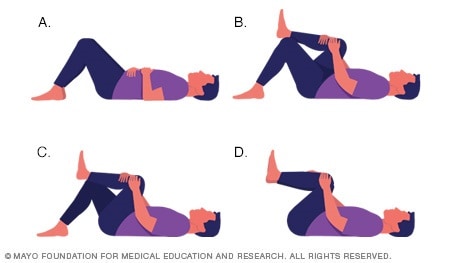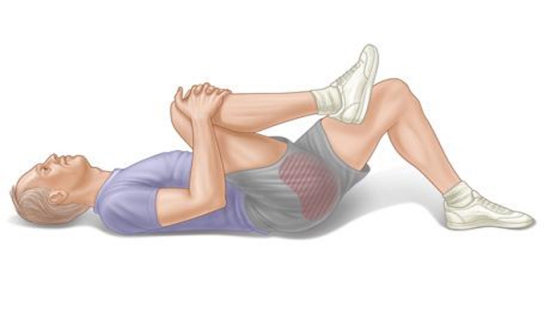

When someone complains about upper back pain, it is likely they are experiencing discomfort throughout the backside of the chest and upper abdominal area. Fortunately, up to 90% of people recover from sciatica without surgery.Well over 60 million Americans suffer from back pain and for many people it is specifically upper back pain that disrupts their life however, relief can be found through natural treatments and exercise. The procedure involves removing the portion of the herniated disc that is pinching the nerve.

In cases where the cause of sciatica is lumbar disc herniation, surgery is the most common approach. Therefore, addressing it on time and with adequate methods is a must for anyone looking to maintain optimal health. For some people, sciatic pain can be severe, chronic and debilitating, while for others it might be infrequent and less intimidating, but with the potential to get worse. The symptoms most people experience are primarily felt in the buttock or in the back of the thigh, but they can also affect the calf, lower back and toes. They come in a great variety, ranging from nerve pain, numbness, electric tingling to reduced reflexes in your Achilles tendon and knee and fatigue, weakness or loss of feeling in your legs or feet. The specific symptoms of a troubled sciatic nerve can be different depending on how much the spinal nerve is compressed. The pain can be made even worse if you’re overweight and physically inactive, or if you regularly wear high heels. That being said, the nerve roots that exit the spine to form the sciatic nerve are very sensitive and can easily be irritated and a variety of back problems can also contribute to sciatic pain, including preexisting lumbar spinal stenosis, degenerative disc disease and/or spondylolisthesis.


Sciatic pain, or sciatica, is most commonly caused by compression or irritation of the sciatic nerve that runs from each side of the lower lumbar and lumbosacral spine through the buttock and all the way down to the foot and in most cases, it’s the piriformis muscle (a small hip rotator muscle located in the buttock region) that irritates the nearby sciatic nerve, thereby causing pain and numbness. Read the rest of this article to learn more! Luckily, there are other, highly effective and drug-free sciatica treatments that can provide a long-term relief alongside with some extra health benefits. While over-the-counter medications can offer some relief from the pain, they rarely address the underlying inflammation that’s the real root of the problem. While it might not be a chronic condition for most people, even infrequent sciatic pain can be frustrating and devitalizing – it can feel like a bad leg cramp or like an electrical tingling, it can appear anytime you get up or even sneeze, and it can last for weeks. Unfortunately, every person alive has about 40% chance of experiencing some form of sciatic pain at some point in their lives. The sciatic nerve is the largest single nerve in the human body that plays the crucial role of connecting the spinal cord with the leg and foot muscles. If you suddenly start feeling unexplainable pain in your buttock, lower back or thigh, chances are that your sciatic nerve is not doing quite well.


 0 kommentar(er)
0 kommentar(er)
